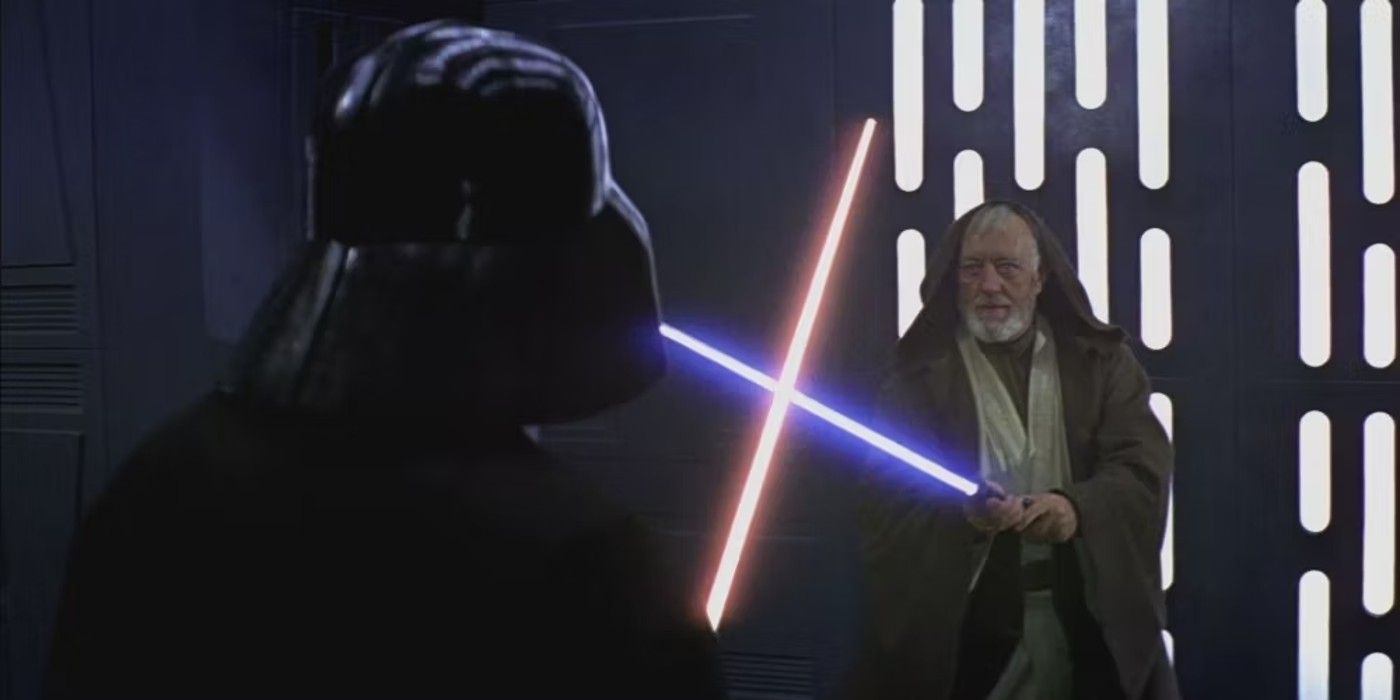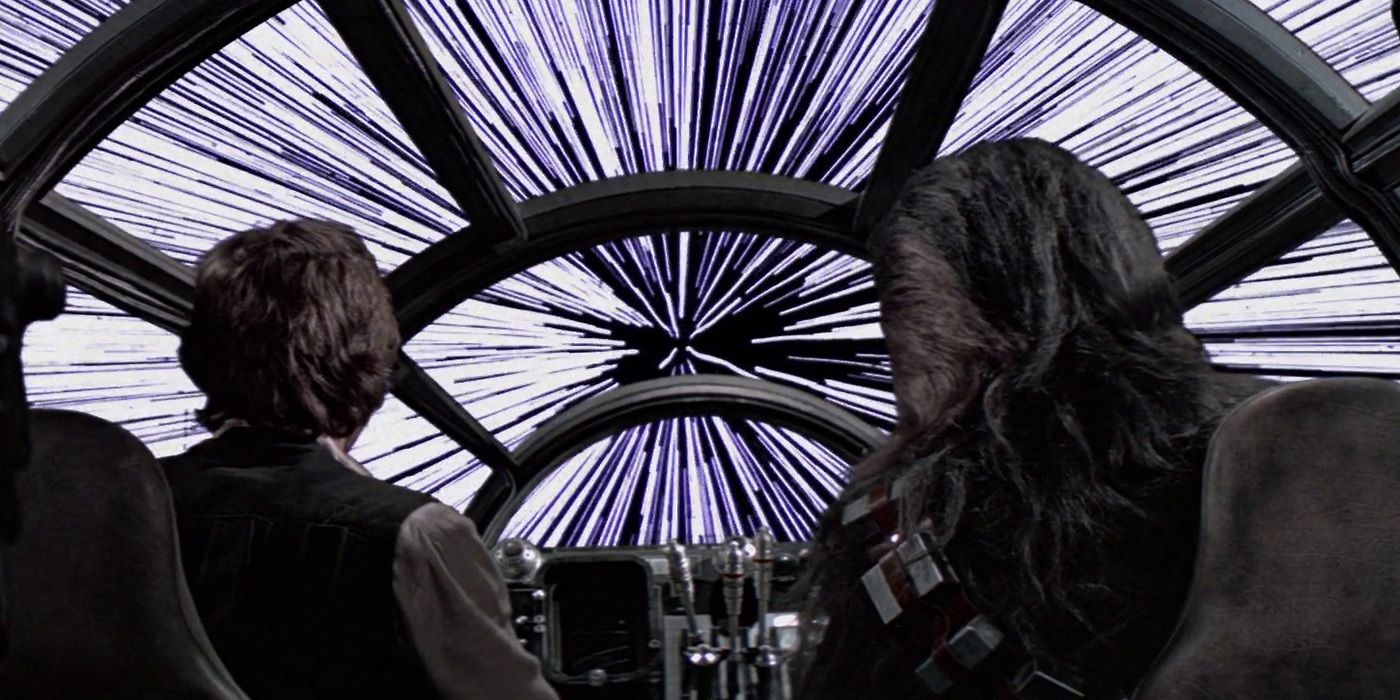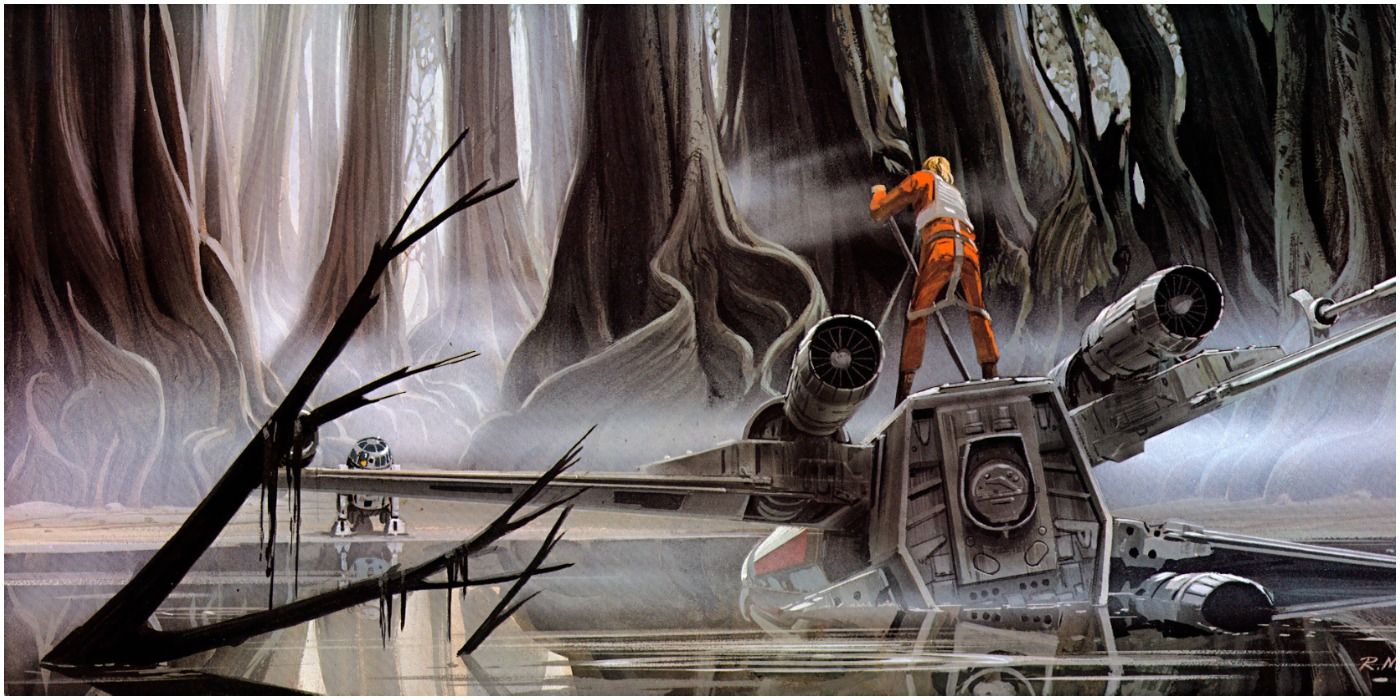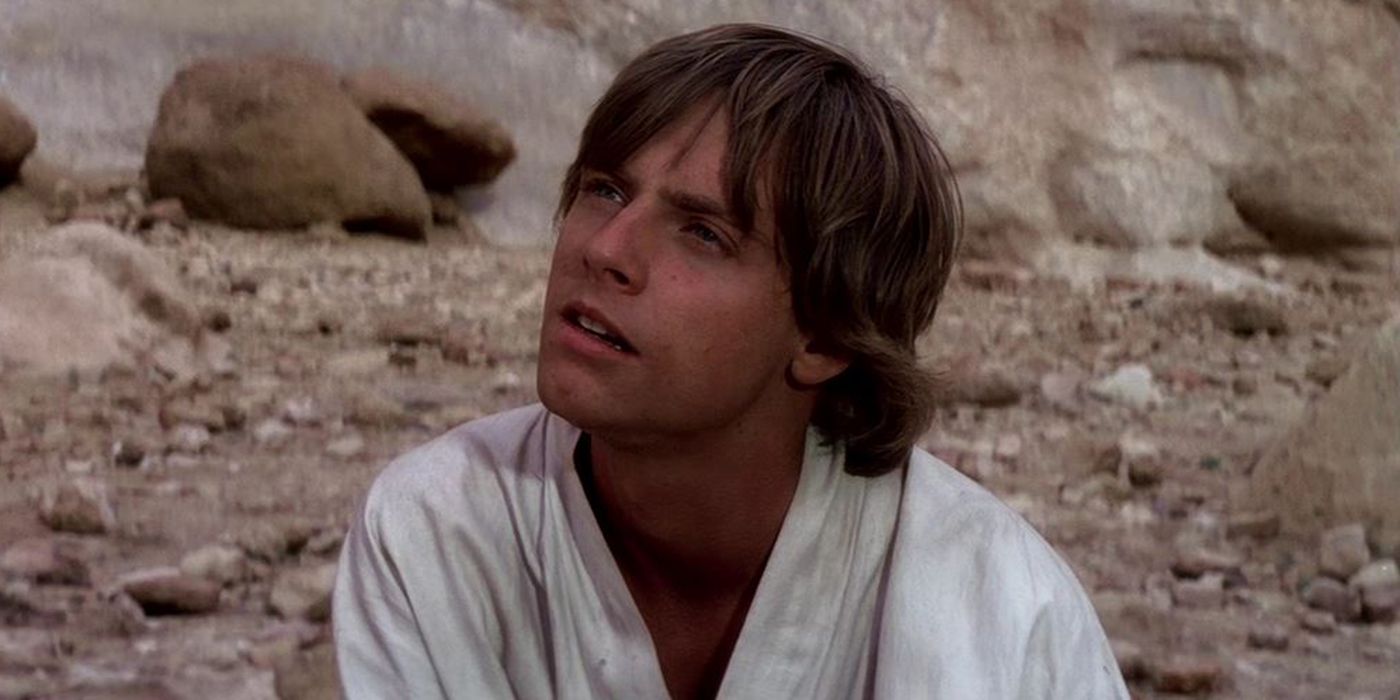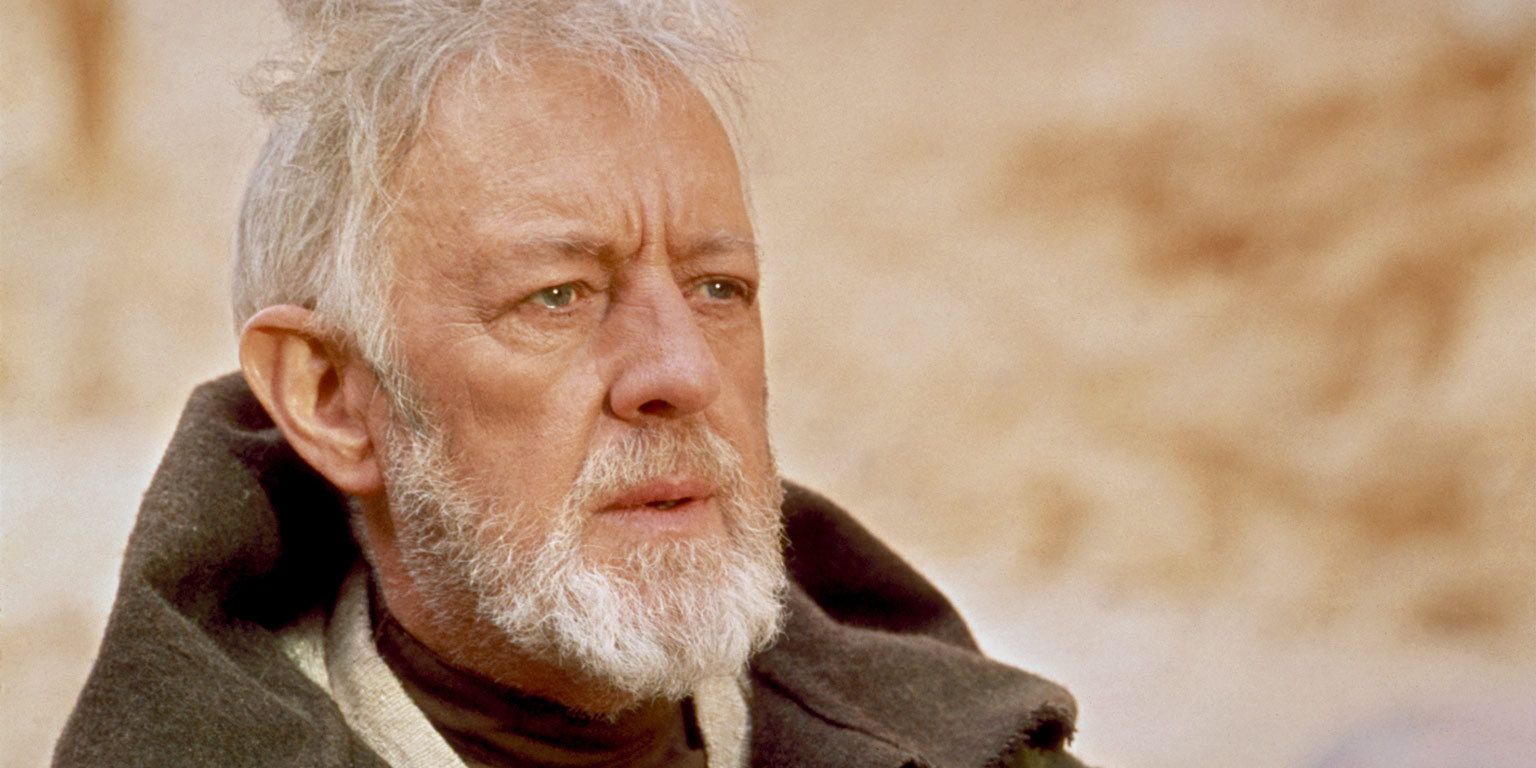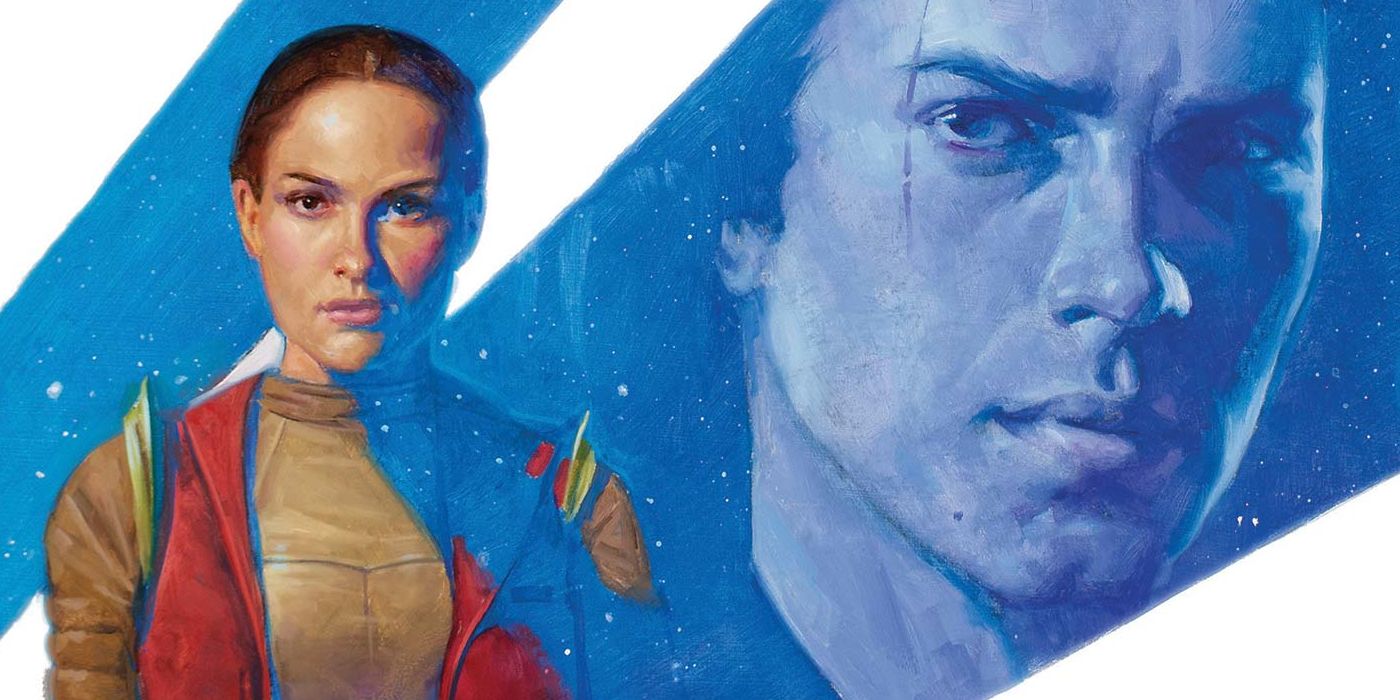The following contains spoilers for Obi-Wan Kenobi Part VI, now streaming on Disney+.
The finale of Deborah Chow's Obi-Wan Kenobi resolves the series' various story threads in immensely satisfying ways and brings certain elements of the series as a whole into stark focus. In finding itself narratively entrenched between two trilogies of George Lucas' cinematic storytelling, Obi-Wan Kenobi saw Chow and Co. wholeheartedly embracing Lucas' vision for Star Wars in earnest fashion, even making each episode "rhyme" with its correlating film installment.
Coming a full two decades after Lucas' last Star Wars films, with the scorn those films initially received now replaced with a wave of positivity, the series has acted as a love letter to George Lucas' Star Wars. Nowhere is this more apparent than in its finale, with Chow and her team going above and beyond to narratively, formally and thematically tie Obi-Wan Kenobi to Lucas' Star Wars films and honor his prior works.
From his early years spent at USC film school in the mid-'60s, George Lucas became a formative member of the New Hollywood movement alongside mentors and peers such as John Milius, Francis Ford Coppola, Martin Scorsese, Brian De Palma and Steven Spielberg. During this period, these remarkable auteurs took classical film grammar and completely reinvented it, resulting in films that took the bones of the classics and built upon them to startling results.
One of the clearest examples of this in Lucas' storytelling is the use of "meanwhile, back at the ranch." Originating as a stock intertitle card used in dozens of films during the silent movie heyday (in stories happening at a literal ranch, often in Westerns), the phrase would go on to be co-opted by radio and even Alfred Hitchcock as a means of structure. As director and Hitchcock contemporary John Sturges would later elaborate, "I'll quote Hitchcock again. He said the name of making movies is 'meanwhile, back at the ranch'. He's absolutely right. You want to have two things going. You reach the peak of one, you go to the other."
Lucas was a heavy believer in this idea of story structure, utilizing it in nearly every Star Wars film, with multiple storylines going on in parallel so that he could cut back-and-forth between the two. He even continuously tried to push this structure to its breaking point; The Empire Strikes Back's climax cuts between two interweaving stories, Return of the Jedi cuts between three and, insanely, The Phantom Menace cuts between four. Not only does Obi-Wan Kenobi's finale utilize the "meanwhile, back at the ranch" structure, it foregrounds it by cutting back to a literal ranch. In simultaneously building the parallel stories of Obi-Wan's duel with Vader and Reva's attack of the Lars homestead, it allows Chow to utilize one of Lucas' favorite storytelling tricks while also deliberately tipping her cap to it.
Another example of an homage to Lucas' storytelling sensibilities comes in the form of the cave in Obi-Wan Kenobi. A classical element of storytelling that stems from another noted mentor of Lucas', Joseph Campbell, who famously wrote, "It is by going down into the abyss, that we recover the treasures of life." Lucas both metaphorically and literally found this to be true throughout his Star Wars films, most notably in Luke's journey into the cave on Dagobah in The Empire Strikes Back.
Obi-Wan Kenobi begins with Obi-Wan living in a literal cave and shows him journeying out and regaining his faith across the series. The finale shows Obi-Wan leaving his cave and setting off into the sunrise, having both literally and metaphorically recovered the treasures of his life, in true Campbell-ian style.
Speaking of those final moments basking in the sunlight on Tatooine, the planet looks much more directly reminiscent of the Tatooine audiences see in A New Hope. Part of this is Obi-Wan donning his very A New Hope-indebted outfit, but the larger factor here is the color grade of Tatooine. In Obi-Wan Kenobi's first episode and even in the first few scenes of this episode, Tatooine is color-graded harshly and bleakly, with grays and whites being the predominant colors. This is in line with more recent sand planet-set Star Wars fare such as Solo and The Mandalorian, but Obi-Wan Kenobi's final moments see a much higher level of saturation introduced into the mix.
This works on a narrative level (the twin suns are rising, so it makes perfect sense that colors would pop a bit more at this magic hour) and a thematic level (Obi-Wan has returned to the place his story in the series began, but everything is changed, à la Joseph Campbell's "the hero's journey"), as well as actively connecting the ending to the next time audiences see Obi-Wan in A New Hope. In adjusting the visuals, Obi-Wan Kenobi's final shots are overtly evocative of Lucas' saturation levels and larger aesthetic.
Similarly, A New Hope famously features a duel between Obi-Wan and Darth Vader, and Chow and Co. wonderfully add some additional layers of context and meaning to this scene in how they leave Obi-Wan and Vader's relationship in this finale. As Obi-Wan cuts open Vader's helmet, exposing the Anakin Skywalker within, Obi-Wan apologizes and calls him by his name. Anakin rejects Obi-Wan's apology, telling him that it was he and not Obi-Wan who killed Anakin Skywalker. This leads to Obi-Wan referring to him as simply "Darth," leaving him battered and broken.
This changes Obi-Wan's "certain point of view" from the original trilogy, when he tells Luke the tale of Vader murdering Anakin, to a viewpoint pioneered by Anakin himself. It also crucially lends added emotional weight to Obi-Wan and Vader's duel on the Death Star, in giving Obi-Wan's "Darth" remark such deeply personal motivation. Audiences will never hear Alec Guinness refer to Vader as "Darth" quite the same way again.
There's also Obi-Wan's obscenely touching final scene with young Leia, in which he tells her that he did know her parents and reveals all the ways he sees them in her. It's incredibly emotional for a number of reasons (McGregor and the young Vivien Lyra Blair knock it out of the park) but chief among them is the way in which it foregrounds and vindicates the subtext of Lucas' prequel trilogy. In reverse-engineering so much of the prequels as set-ups to lead into pre-existing payoffs in the original trilogy, Lucas' characterization of Anakin and Padmé was always meant to be evocative of their twin children. Obi-Wan Kenobi has spent its runtime bringing those parallels to the forefront, and its finale punctuates this thread with aplomb.
Even Obi-Wan's brief interaction with young Luke is a loving homage to Lucas in more ways than one. Overtly, having Obi-Wan say, "Hello, there" is a tie to both Revenge of the Sith and A New Hope, both of which feature him saying this now immortalized-via-meme line. But on a deeper level, the structure of this entire interaction is indebted to another George Lucas classic, Raiders of the Lost Ark.
Building up the emotion of a moment like Obi-Wan speaking to Luke for the first time, for him to simply say "Hello, there" allows Chow and Co. to maintain balance in their canonical tightrope act (Luke doesn't really remember Obi-Wan in A New Hope, so Obi can't leave too big of an impression here), emotionally fulfill Obi-Wan's arc (allowing him to finally speak to Luke and give him the toy T-16 Skyhopper brings closure) and play as an homage to Indy's iconic shooting of the big bad swordsman in Raiders' marketplace set piece. It acts as a quick resolution that is humorously unexpected but still feels earned and resoundingly satisfying.
In ways big and small, Deborah Chow's Obi-Wan Kenobi finale is a love letter to George Lucas' Star Wars. From formal nods like the inclusion of sound effects pulled directly from the original trilogy or the boost of saturation in the color grade to more presently mirror his films, to overt narrative homages like the utilization of "meanwhile, back at the ranch" or the recontextualizing of key emotional relationships. Part VI of Obi-Wan Kenobi cements the show as an ardent adorer of all that's come before while bravely charting its own path, in true George Lucas fashion.
Obi-Wan Kenobi is now streaming in its entirety on Disney+.

